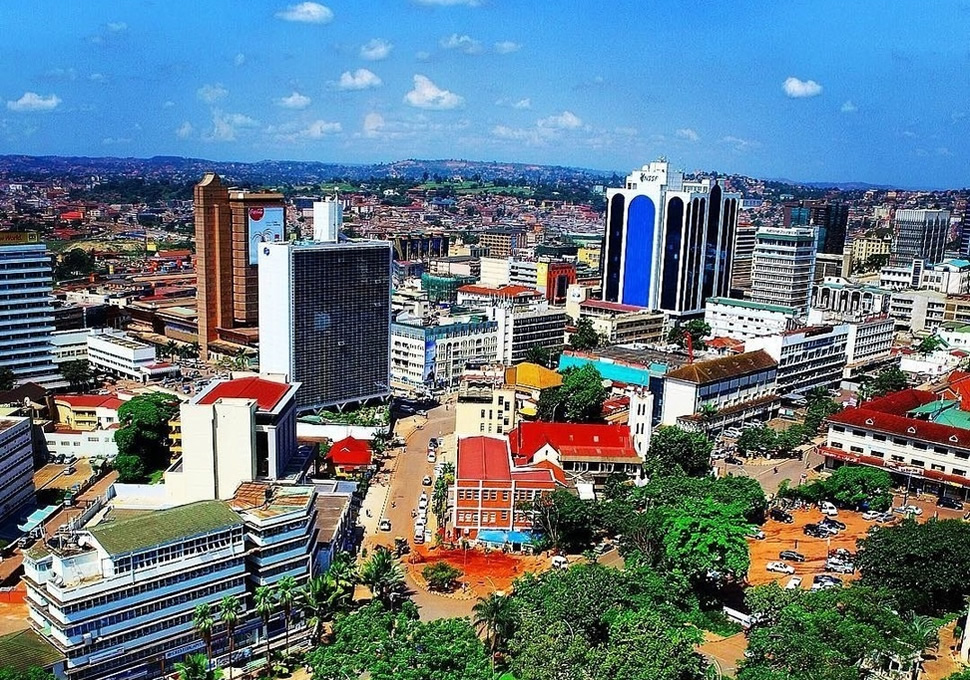More and more airlines are providing WiFi access on flights. It may still be expensive, and sometimes frustratingly slow, but it is nevertheless a great addition. You may have wondered, though, exactly how you get a connection at 35,000 feet. This article will explain the basics of how in-flight WiFi works.
Starting WiFi service in the air
Internet access started to appear on aircraft only in the last 20 years. Boeing began to offer internet access in 2001 through a service called ‘Connexion.’ This was used by US airlines; American Airlines, Delta Air Lines, and United Airlines. It expanded commercially from 2004 with a number of international airlines, but was closed in 2006, citing limited market uptake.
Gogo, one of the leading providers of inflight internet today (with customers including American Airlines, Delta Air Lines, United Airlines, British Airways, Virgin Atlantic and Cathay Pacific) began internet service in 2008. It had been offering satellite-based inflight phone systems since the 1990s.
These early systems were based on low bandwidth satellite communications. As such, they were slow and expensive. Boeing’s Connexion service is also reported to have failed partly due to its weight of nearly 450kg (a major consideration for aircraft economy and performance).
Technology has improved since then, and costs have lowered. Ground-based systems have been developed too, and satellite systems improved. Today these are the two different ways of providing inflight internet – and we will discuss how each one works separately.
Ground-based systems
Ground antennas based systems offered better speeds than the early satellite systems and were the next to be developed. Air to ground (ATG) systems work by installing antennas on the base of the aircraft fuselage. These then pick up a signal from a ground-based tower. As the aircraft flies over ground the system switches to the closest antenna, much like how a normal cell phone system operates.
The signal is spread through the aircraft using a series of WiFi access points, usually concealed with their wiring behind the wall panels.
Typical speeds offered are around 3Mbps. Gogo has developed a system (known as ATG4) that offers speeds up to 10 Mbps which may become more common as more aircraft are fitted.
Satellite-based systems
The major limitation of ground-based systems is that they can’t be used over water. Long haul transoceanic flights still need to use satellite-based systems. These though have improved greatly since the first systems in the early 2000s.
With a satellite system, the aircraft connects to an orbiting satellite using an antenna placed on top of the fuselage (normally a dome-shaped addition). The satellite then relays the signal from the ground to the aircraft.
These systems offer higher speeds, typically around 12 Mbps currently. Technology and speeds are improving quickly though. Gogo is launching a new 2Ku service, with speeds up to 70 Mbps (perfectly good for steaming, and better than many ground connections). Several airlines, including Aeromexico, Japan Airlines, Alaska Airlines, and Delta Air Lines have confirmed orders for this service.
And in Europe, Immarsat and Deutsche Telekom have launched a high-speed satellite system called the European Aviation Network (EAN). This is the first network to make use of both ground-based and satellite systems and launched last year with first customer British Airways. Immarsat is optimistic about its potential spread in 2020 (as we found out in a recent interview with Dominic Walters, Vice President at Inmarsat Aviation).
Not for everyone
Despite advances in technology making inflight WiFi easier, faster and cheaper, many airlines do not offer it. The equipment remains expensive to install and to maintain. This adds costs for the airline, as does the increased drag from exterior antennas.
To make it more complicated, many passengers don’t want it, or more importantly, don’t want to pay for it. There is still an expectation that you are cut off during a flight (and many do in fact enjoy that!), and there is a limit to how much of their costs airlines can recover.
Budget or low-cost airlines have been slow to adopt it for example. But so have many major long-haul airlines, including Qantas for example. Even those that may want to offer it for free as a service have problems.
Offering WiFi for free can be an attractive option and a good differentiator. Air New Zealand is doing this on WiFI enabled aircraft, after switching from a planned payment model. There are problems though with costs and also capacity.
Delta Air Lines Chief Executive Officer Ed Bastian explained in 2019 why his airline did not offer free internet (reported by travelpulse.com),
“One of the reasons why I say it’s ‘not a good reason’ why we charge for internet is that the planes do not have the technical capacity and capability yet that if we made it free the system would crash.”
About Guide2Uganda
Guide2Uganda (www.guide2uganda.ug) is the most comprehensive source of information about Uganda that exists on the web, with more content on Uganda and surrounding towns, attractions, museums and galleries than any other online guide that currently exists for Uganda as well as being a dynamic news and comprehensive events driven site with content being added daily.
According to WeFollow & Peer Index (whom both measure online influence) we are among the most influential online media organizations in Uganda. We were also awarded for ‘’Best Destination Website in Uganda’’ by Jumia Travel Uganda in the 2017-2018 Africa Travel Awards.
If you have a travel story to share with the world, email: info@guide2uganda.ug




